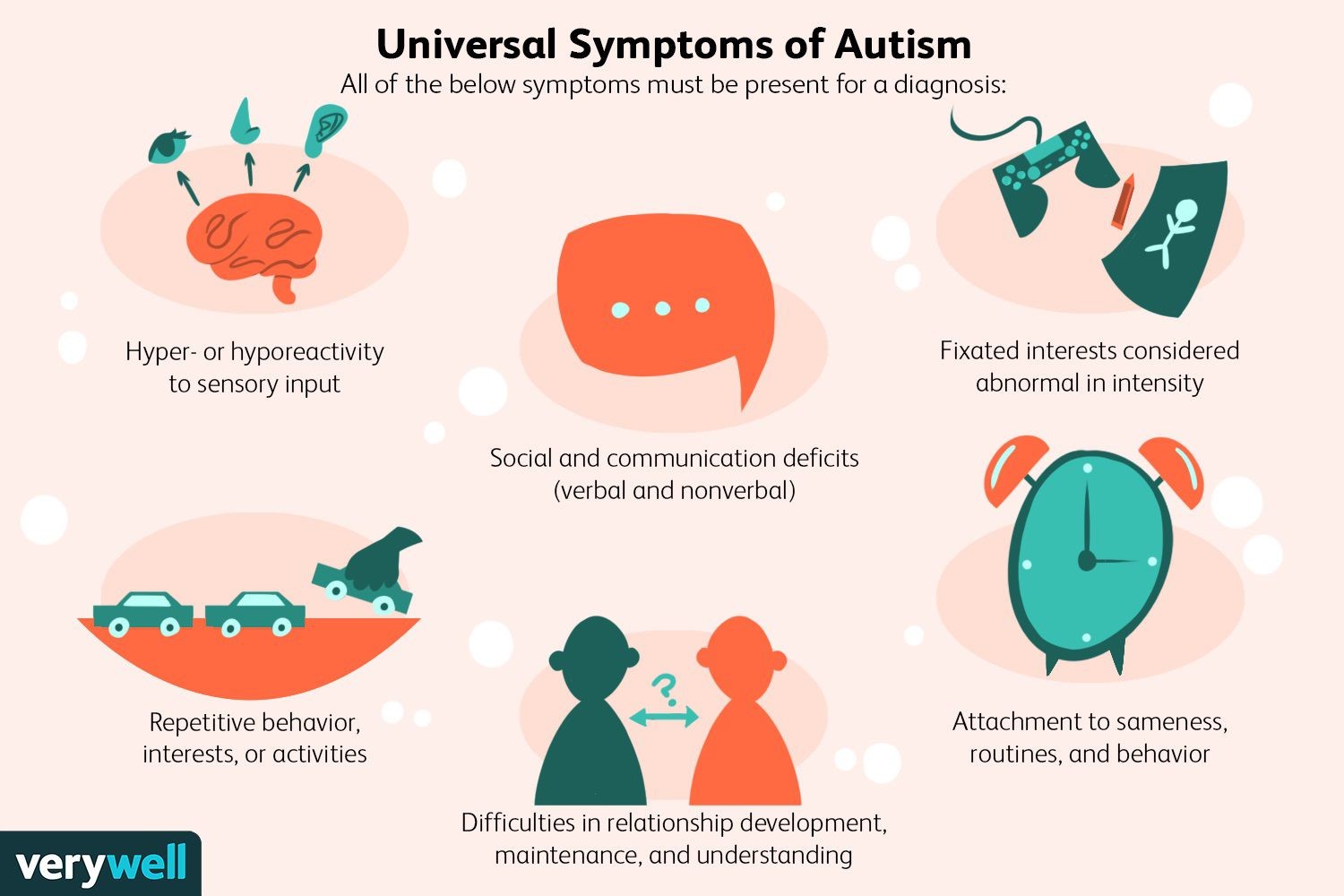
Research says around 75 million people are affected with Autism Spectrum Disorder which is 1% of the total world population.
So what do these numbers mean for ESL teachers and students alike?
Autism does not only affect the way people interact and communicate with others, but it also impacts their learning preferences and styles. This narrative of autism shifting from misconceptions to converting autistic people to an inclusive approach is having profound implications for the TEFL sector. It avoids discrimination, ensures inclusivity, and boosts academic and social learning skills.
What Is Autism?
Before delving into how you can work with autistic adults, here is a brief recap of what is autism. As teachers, with a Master of Arts in Education with TESOL, you already are aware of what this condition is.
However, for newbie teachers:
Autism is a set of neurodevelopmental disabilities that makes autistic people respond and experience the real world differently. It affects how people communicate, interact, learn, and behave with others.
Common Symptoms Of Autistic Individuals

While symptoms might be different in both children and adults, some of the most common indicators include:
Hey, do you follow us on Social Media? We regularly share upgraded educational content, tips, feedback and more. Check us out by clicking the profiles here - Facebook / Twitter / LinkedIn / Pinterest / Instagram / YouTube
What Is Autism Masking?
Masking is a defense mechanism used by autistic individuals to hide their autistic traits so that they can fit into the world like normal human beings. Despite the negative connotations of the world, it is not a deceptive strategy but rather a survival practice often done unconsciously.
Individuals with high masking capabilities often go unnoticed as they can meddle through life without properly understanding the true nature of the difficulties they face. They might appear fine on the surface but might be suppressing their autistic traits when surrounded by people. Such masking often comes at a great personal cost resulting in emotional exhaustion, depression, burnout, and anxiety.
Thus, TEFL teachers, need to create an environment where people with autism do not feel the need to suppress their traits and can embrace all aspects of their neuro-diversified differences.
Teaching ESL To Autistic Spectrum Adults
As a special educator, when a student exhibits these symptoms it is beneficial for everyone to make certain adjustments.
Luckily, here are some principles that can help you maintain a calm classroom environment to facilitate learning for everyone:
Individuals with autistic spectrum disorder often face challenges with figurative language. Since they take everything literally, it becomes even more challenging for them to operate in any other language. Thus, it is essential to give clear, concise, and direct instructions.
Even while talking normally or explaining lessons avoid using metaphors and idioms as it can be tricky for them to decipher. Instead, use ‘either-or’ sentence structures to make conversations more straightforward and less confusing.
Autistic students are known to be out of control and act wild. However, many adults with this condition prefer order and routine in their lives. Often this order can be implied by establishing rules.
Use these adults' rules of behavior, social interaction, time management, etc to make them polite and helpful. But remember that these rules should be followed consistently or they might get upset and stressed.
Autism students, regardless of their age are sensitive to sound and light. Therefore a more serious environment will limit their outbursts. It is only normal for neurotypical ESL students to respond positively to a wealth of stimulation.
However, for autistic students, it is essential to strike a balance. You also need to manage emotional stimulation so that these students don’t get bullied or teased and are not driven to have angry outbursts.
While autistic ESL students need to push boundaries, you need to remember that pushing them too hard might result in unpleasant experiences. Thus, you need to accept their limitations and even discipline them by keeping in mind that they might have difficulty managing their emotions and have natural outbursts. As teachers, you need to identify this spectrum and give them time and space to cool down.
Diagnose Students Properly To Provide The Best Learning Experience
As special educators, it is your job as teachers to tell the parents about the diagnosis, behavior temperaments, and medications (if required). Professionals with a Master of Arts in Education with TESOL who have worked in this industry for a considerable amount of time do know the ways of making TEFL more inclusive. They are aware that the first step in doing this is to give every child equal learning and thriving opportunities.
We believe education should be accessible for everyone. That’s why we don’t charge for our blogs. Find the right course that will help you in your career with us, contact us at - +919870134035. You can mail us at act@asiancollegeofteachers.com